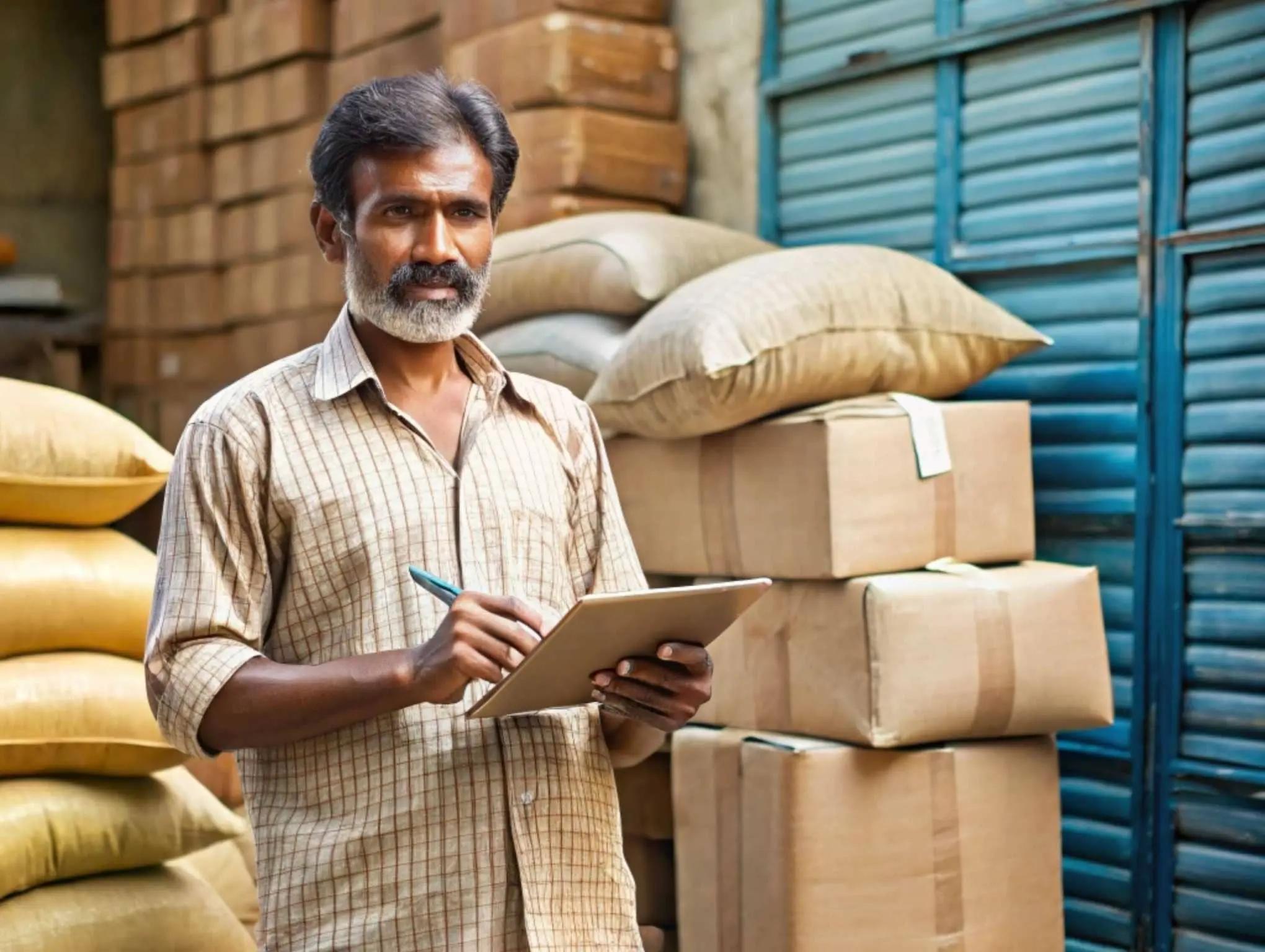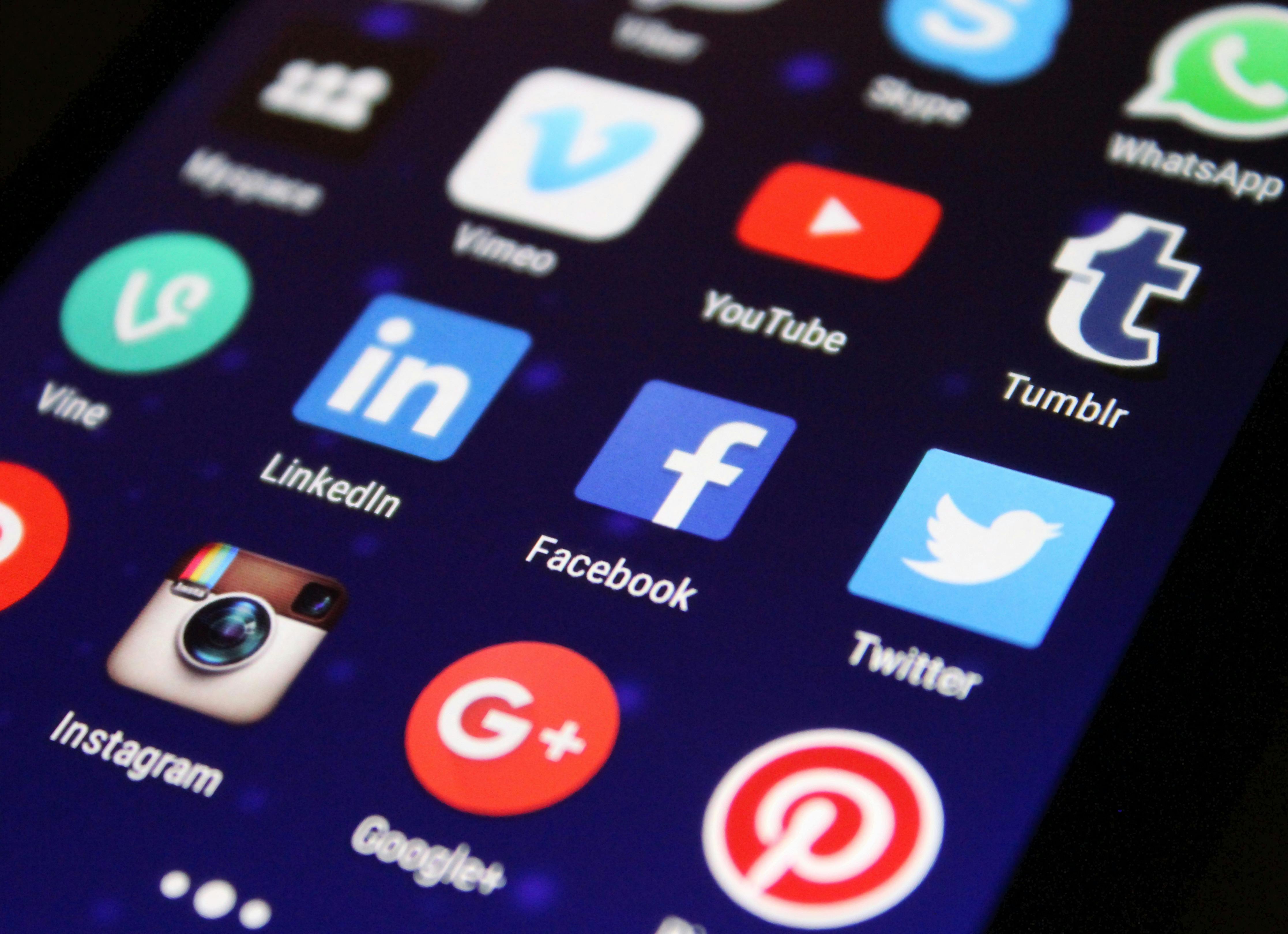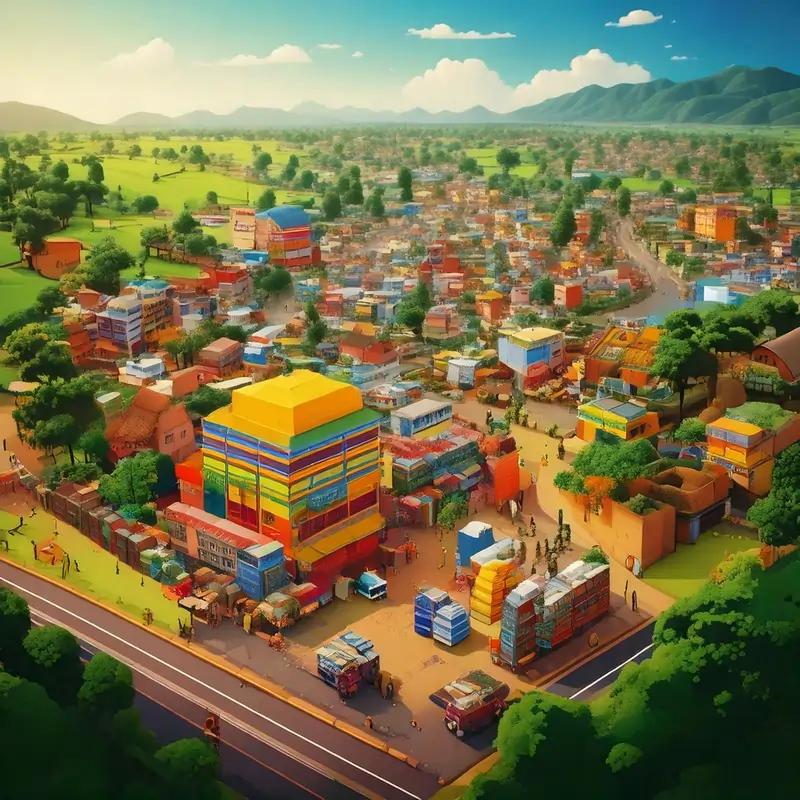The Expanding Consumer Goods Market
The fast-moving consumer goods (FMCG) sector, crucial for everyday items like soap, packaged foods, and household essentials, is experiencing robust growth in India. Valued at approximately $68 billion in 2018 (IBEF, 2023), this market surged to $110 billion by 2023. Projections suggest it could reach $220 billion by 2025, fueled by urban migration, rising disposable incomes, and increased accessibility to organized retail.
Small cities are significantly contributing to this growth. The overall retail market, encompassing all forms of shopping, was valued at $950 billion and is expected to soar to $1.8 trillion by 2030 (CII, 2023). A noteworthy observation is that nearly half the market stems from these smaller urban areas, underscoring their newfound importance in India's consumer sector.
The Digital Revolution in Smaller Cities
The digital wave has swept across India, with more than 825 million internet users today (TRAI, 2023). In rural areas and smaller towns, smartphone penetration has reached about 45% (Nielsen India, 2023). This surge has catalyzed the rapid adoption of online shopping, marking a significant shift in consumer behavior.
In 2017, Indian consumers spent approximately $38.5 billion on e-commerce. By 2026, this figure could rise to an astounding $200 billion (IBEF, 2023). A considerable portion of this growth is fueled by the burgeoning online retail market in small cities. Adopting digital platforms has allowed direct-to-consumer (D2C) brands to thrive, bypassing traditional distribution channels and reaching new customer bases directly.
Moreover, quick delivery services have gained immense popularity. Offering near-instantaneous home deliveries, this sector is projected to grow from $300 million in 2021 to $5 billion by 2025 (Bain & Company, 2023). This infrastructure enhancement adds another layer of convenience for consumers, reinforcing the shift towards digital marketplaces.
Shifting Shopping Habits and Influences
The rising income levels in small cities have transformed how residents shop. With an impressive income growth rate of 10.2% in 2022-2023 (MoSPI, 2023), these consumers are increasingly inclined towards branded and premium products. This shift is evident as consumers are ready to spend on higher quality FMCG items that offer better value.
Besides, social media profoundly influences purchasing decisions. Approximately 60% of residents in small cities actively engage with platforms like Instagram and Facebook (Statista, 2023). Constant exposure to global trends and innovative marketing strategies employed by brands make these platforms crucial tools for shaping consumer preferences.
The Evolution of Grocery Stores
Traditional grocery stores, colloquially known as kirana stores, remain the backbone of household goods sales in India, commanding an 88% market share (EY, 2023). However, these stores are evolving. Today, many are adopting digital tools to streamline inventory management and facilitate cashless transactions—enhancements supported by initiatives like the ONDC program, which aims to bring over 1 million kirana stores online (PIB, 2023).
Furthermore, the growth of organized retail presents an additional layer of modern shopping experiences. These outlets promise consumers a wider variety of products with guaranteed quality standards. As organized retail expands into small cities, it promises to redefine local shopping landscapes, offering consumers enhanced convenience and choice.
Government Interventions Catalyzing Growth
The Indian government has played an instrumental role in empowering small cities through programs that facilitate economic growth and digital accessibility. The Pradhan Mantri Jan Dhan Yojana initiative, which has enabled over 460 million bank account openings (RBI, 2023), exemplifies such efforts. Additionally, the BharatNet project enhances internet connectivity in rural areas (Ministry of Electronics and IT, 2023), laying the groundwork for a digitally inclusive economy.
The rapid proliferation of digital payments, with over 10 billion monthly transactions conducted via UPI (NPCI, 2023), underscores the effectiveness of such interventions. These enhancements not only simplify shopping processes but also stimulate further growth in small cities.
The Road Ahead
As India progresses towards its aspiration of becoming a $5 trillion economy, small cities will be vital contributors to this journey. Businesses are strategizing to meet local demands by creating region-specific products available in smaller, affordable packages. Employing local languages in marketing strategies enhances consumer engagement, further consolidating the connection between brands and customers.
While more modern supermarkets are opening up, accounting for an estimated 22-25% of organized shopping by 2025 (Technopak Advisors, 2023), challenges remain. Infrastructure, like poor roads and limited storage facilities, poses obstacles. Companies are addressing these issues through strategic partnerships and technological innovations, ensuring smoother operations and market expansion.
In summary, as small cities continue to grow and develop, they are set to redefine how Indians shop in the future, marking a transformative epoch in the country's consumer goods market landscape.
More Articles to Explore

Distributor Loyalty Programs
Distributor loyalty programs are a secret weapon for business growth . Simply put, they're structured systems that reward your distributors for doing more business with you. The more they sell your products, the more benefits they receive.

A 2025 Perspective
In the vibrant tapestry of Indian consumerism, the digital consumer stands out as both a challenge and an opportunity for Fast-Moving Consumer Goods (FMCG) brands. Unlike the historical clout of neighborhood kirana stores, today's consumer navigates seamlessly between aisles of physical stores and the virtual shelves of e-commerce giants. This hybrid shopping behavior, as highlighted by Nielsen's insights , signifies an amalgamation of tradition with digital convenience, requiring a multifaceted marketing strategy.

FMCG Sales Channels in India
Are you wondering how to get your FMCG products to Indian consumers? This guide breaks down the three main ways to sell your products: quick commerce apps, traditional distributors, and selling directly to customers.

Choosing the Right Delivery Partner
Are you struggling to get your products to stores and increase sales? The right regional 3PL / 4PL partner can help your business grow faster. This guide shows FMCG business owners how to pick the best delivery partner to reach more customers across India.
![[object Object]](/_next/image?url=https%3A%2F%2Fcdn.sanity.io%2Fimages%2F15uaalow%2Fproduction%2F7dac4ed3943286168deff5faa0828f97942ee2b2-1920x1161.webp%3Ffit%3Dmax%26auto%3Dformat&w=3840&q=75)